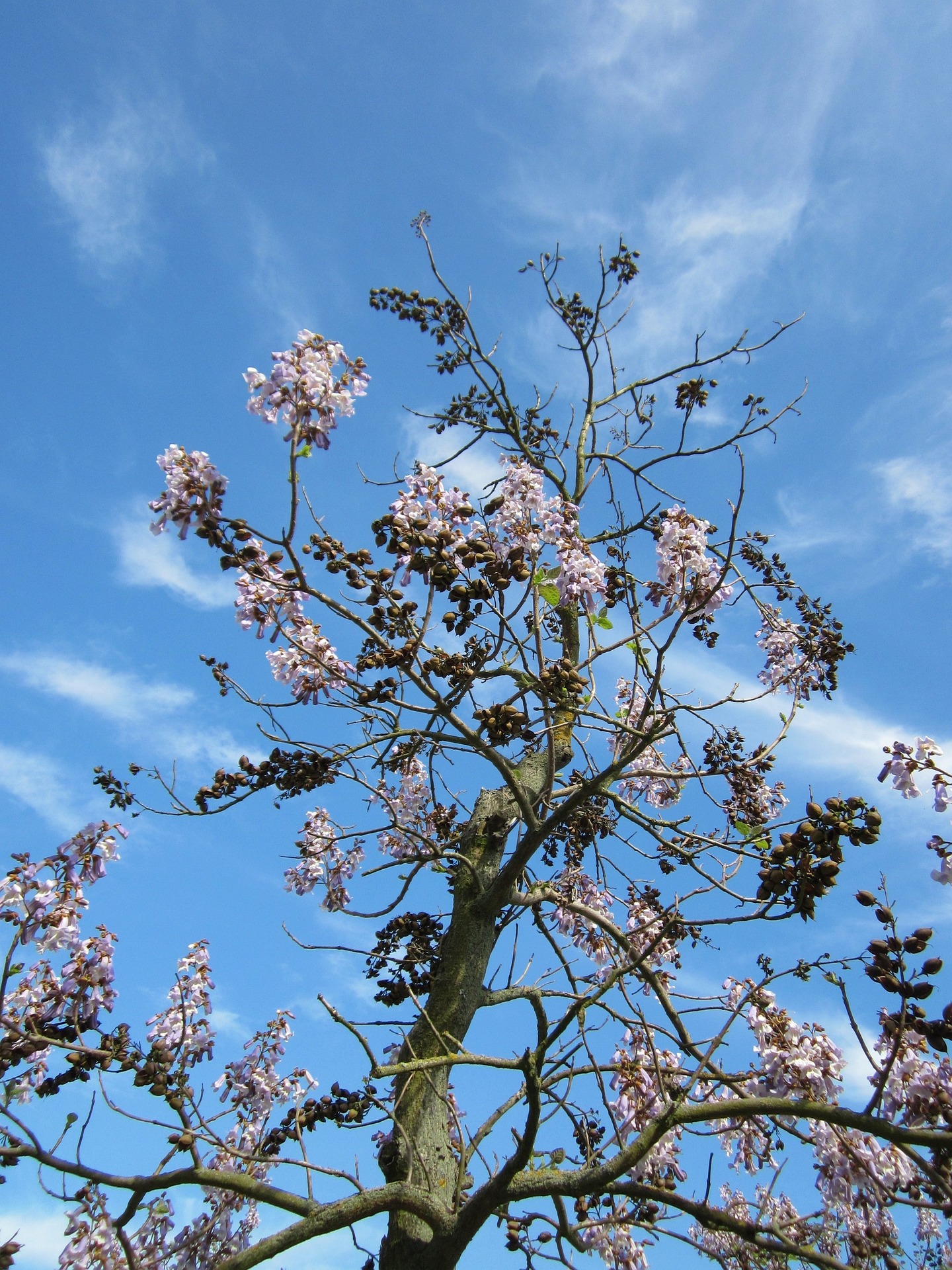Product Detail
Paulownia
1.Origin Country: The Paulownia tree, also known as the Princess Tree or Empress Tree, is native to China. It has been introduced and cultivated in various other regions around the world.
2.Variety and Color: Paulownia trees have large, heart-shaped leaves and produce clusters of tubular, lavender to purplish-blue flowers in the spring. The leaves are typically bright green and can be quite large.
3.Edibility and Commercial Use: While the flowers of the Paulownia tree are edible, they are not commonly consumed. Paulownia wood is highly valued for its lightweight and strong characteristics. It is used in various applications, including furniture, musical instruments, and even as a source of biomass for paper production.
4.Native/Wild or Commercial: Paulownia trees are both wild and commercially cultivated. They are traditionally grown for their valuable timber and have been introduced to many countries for this purpose.
5.Commercial Long/Short Term: Paulownia trees are grown for medium to long-term commercial purposes. They take several years to mature for timber production, but once established, they can be a profitable investment.
Short Description:
- Paulownia: Originating in China, the Paulownia tree is known for its striking lavender-blue flowers and large, heart-shaped leaves. Its lightweight, durable wood has made it a valuable resource in various industries.
Price: $40.00
